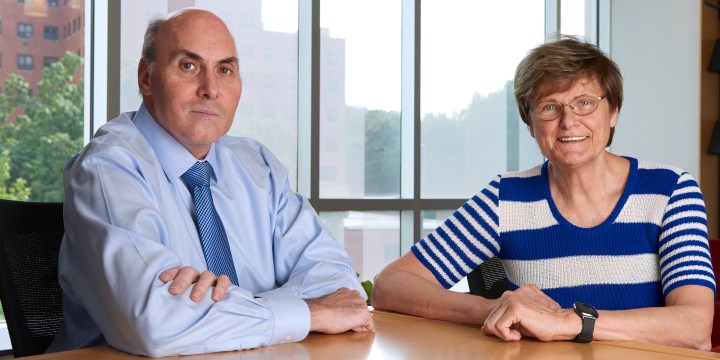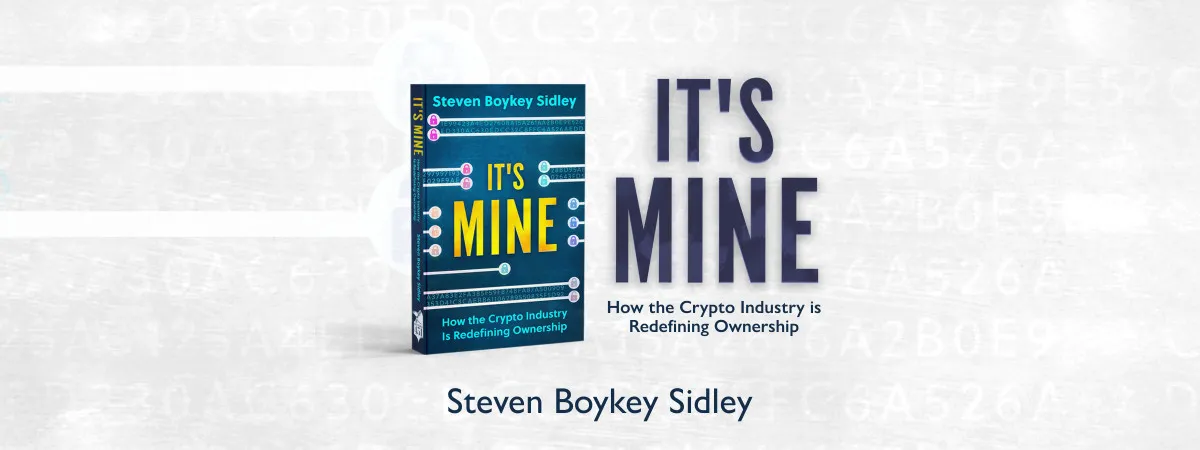GUEST ESSAY
Nobel Prize in physiology or medicine — great science, Covid-19 and the salting of fresh wounds

The award this year of the Nobel Prize in physiology or medicine to Katalin Karikó and Drew Weissman caught more of my attention than usual because it immediately reignited the unholy Covid-19 war between science, superstition, policy, politics and culture.
It is Nobel Prize season. In physics, chemistry, medicine, literature, peace and economics. For my part, I rather like the Stem awards, mainly due to their occasional incomprehensibility to those of us outside the ivory towers of research. Like the chemistry award this year for “quantum dots”. Yup, sure, of course.
But the award this year of the Nobel Prize in physiology or medicine to Katalin Karikó and Drew Weissman caught more of my attention than usual because it immediately reignited the unholy Covid-19 war between science, superstition, policy, politics and culture. This war has poisoned the air since January 2020 when the first reports of sickness and death were reported and the virus was subsequently identified and gene-sequenced.
The grandees of the Nobel Prize always attach a simple one-liner to their awards to indicate the particular area of study recognised. In this case, the award was given “for their discoveries concerning base modifications that enabled the development of effective mRNA vaccines against Covid-19”. This was an interesting statement, and I wonder how long it was discussed. The original work by Karikó and Weissman, for which they won the award, was done decades ago, long before Covid-19. Tethering it to Covid-19 was clearly intentional.
But so what?
My first Facebook post about Covid was in January 2020 when I saw a report out of China and wrote a moderately alarmist post on my personal timeline. Over the next year I became increasingly vocal on social media and found myself getting into all manner of scientific and political spats with people who held different views. Some resulted in permanently frayed friendships.
But, over the next two years, a few things happened. As the data started rolling in, as peer-reviewed research started to be published and as the virus itself mutated, I felt myself on less and less solid ground. Not only did I become unsure about certain matters, but I watched with growing alarm as some globally respected scientists were provoked to criticise hegemonic and inflexible policy declarations as well as bad science, only to face brutal censorship of their views. Those two years were not our finest moment when it came to free speech.
Which brings us to today, when many things that were taken as read in 2020 are either now demonstrably false (like the promised vaccine-produced herd immunity) or were (with the benefit of hindsight) catastrophically ill-conceived and poorly implemented in various countries, with terrible results. Such as various non-pharmaceutical interventions, which in some cases caused permanent damage to some sectors of society, particularly children at the early education stage.
And, of course, grievous damage was done to the reputations of health authorities. As a consequence, we have now, in late 2023, a significant drop-off in critical childhood vaccinations for polio and MMR worldwide, and countries offering divergent health directives with regard to vaccines and nonpharmaceutical interventions. Compare, for instance, the US, where vaccine mandates and masking are starting to return, with South Africa, where most of the doctors I know do not even bother to test patients any more, because there is not much to be done and most will be just fine. And some South African doctors do not even recommend boosters.
Fooling the immune system
But probably the most damage has been done to the reputation of an innocent chemical molecule called mRNA — which forces me, a biological ignoramus, to present you with a small amateur lecture.
The history of vaccinations (which actually goes back to 1796 when the first smallpox vaccine was discovered by the English physician Dr Edward Jenner) has been focused on presenting the immune system with a decoy in lieu of a bad bug so it can build muscles against the real thing, should it ever show itself. The decoy, whether a weakened virus, or a lookalike virus, or a piece of a virus, or a good virus dressed up like a bad virus, is presented to the human body and the body beats it up — and it remembers how to do so, often for a lifetime, as with the polio vaccine. So when the real bad virus appears, the immune system is prepared and ready to do battle.
Karikó and Weissman had a better idea. Everyone knows (okay, everyone in the field knows) that genes use the molecule mRNA to carry a message to a molecular machine called RNA telling it to make the proteins which eventually conspire to give you blue eyes or long toes or whatever (this is the idiot’s guide to genetics, of course, and I count myself as one). It is akin to how you get from the architect’s blueprints to the actual buildings. Someone has to carry the plans from the architect’s office to the building contractor (to employ a simplistic and probably flawed analogy). That someone is the mRNA molecule.
The prizewinners’ idea was to modify an mRNA molecule to look a bit like a piece of the Covid-19 virus. The immune system would take one look at it and say, not in my back yard — and it would beat it up before it caused trouble. And then it would remember its beating-up strategy for future use. It turned out, way back in the early 2000s when the two researchers were breaking this new ground, that this technique was much more powerful than any of the decoys that had been used previously. The immune system got the message quickly and powerfully.
In short, mRNA looked like it was performing the vaccination function better than anything that had been previously used. And its future lay in preventing everything from flu to cancer.
And then Covid-19 struck.
The rest is kind of history. An mRNA vaccine was produced and tested (briefly) and pressed into service (quickly, because people were dying all over the place) and then came Donald Trump and anti-vaxxers and quack cures and concerned scientists and bewildered citizens and less than stellar mRNA protection (months, not years). Not to mention flawed models, and unexpected data and weird adverse reactions and conspiracy theories, and clumsy, tone-deaf global and national health institutions, and the rest of the deeply unpleasant three-year episode.
So, I leave you with this. Karikó and Weissman’s mRNA approach to vaccination and disease mitigation has the potential to make significant and life-changing impacts across a wide landscape of human suffering. But its attachment to culture and politics needs to be severed, and that is going to take some industrial-scale public relations work. DM
Steven Boykey Sidley is a professor of practice at JBS, University of Johannesburg. His new book It’s Mine: How the Crypto Industry is Redefining Ownership is published by Maverick451. It can be ordered directly from the DM store here or on Kindle. It’s also available at bookstores.
"Information pertaining to Covid-19, vaccines, how to control the spread of the virus and potential treatments is ever-changing. Under the South African Disaster Management Act Regulation 11(5)(c) it is prohibited to publish information through any medium with the intention to deceive people on government measures to address COVID-19. We are therefore disabling the comment section on this article in order to protect both the commenting member and ourselves from potential liability. Should you have additional information that you think we should know, please email [email protected]"






 Become an Insider
Become an Insider